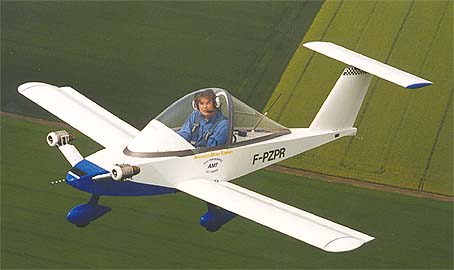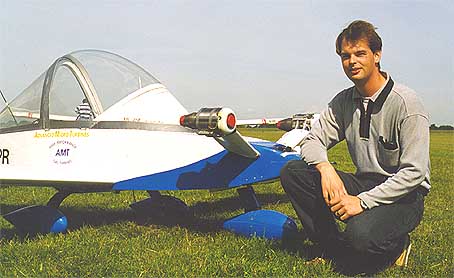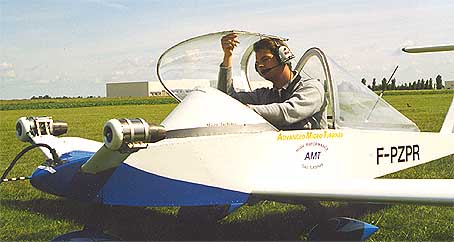The section to which Jim refers applies (item 17 on the list) only to turbojet/turbofan-powered aircraft, those with MGW of 12,500 or more, or "when deemed necessary." It is not normally included and I do not think it has ever been applied in a case like the one under discussion.
You may be correct, since I interrupted the composition of my post to go eat dinner and on returning decided to quickly wrap it up - then found after I finally finished that you had posted much earlier. (I knew from research I did on this subject several years ago what the answer was, but had to go relocate the regulation and the FAA order. I stopped scanning 61.31 as soon as I thought I found what I had seen years ago.)
However, section 61.31 covers more topics than pilot "type ratings," and 61.31(l)(1) references "aircraft not type-certificated," not "pilot not type-rated." Powered parachutes and weight-shift-control aircraft, which are mentioned in that paragraph, are unlikely to exceed 12,500 lbs. So I think that paragraph is not concerned with large aircraft type ratings; maybe it is indeed intended to cover aircraft like ornithopters.
But your reference to 61.31(l)(2)(iii)(B ) is more appropriate, regardless.
My own interest in this regulatory subject occurred when I was interested in building an experimental airship several years ago (who knows, maybe I still will.) It costs a fair amount of money to get an airship rating, so it was at first a nice revelation to see that exception. I found it hard to believe, though, that people wouldn't abuse the exception. I eventually found that the generic operating limitations issued on most experimentals closed the exception.
This may have some minor value to those who are interested in flying unconventional experimental aircraft like the Cri-Cri:
Back when I was more heavily researching airship design I became acquainted with Dan Nachbar who had designed and was building a
Personal Blimp (the video really shows the beauty of genuine low-and-slow sight seeing with a relatively quiet airship.) According to
this story and
this story, he and his partner did eventually get the exemption they sought to carry passengers in their experimental airship without an airship rating.




